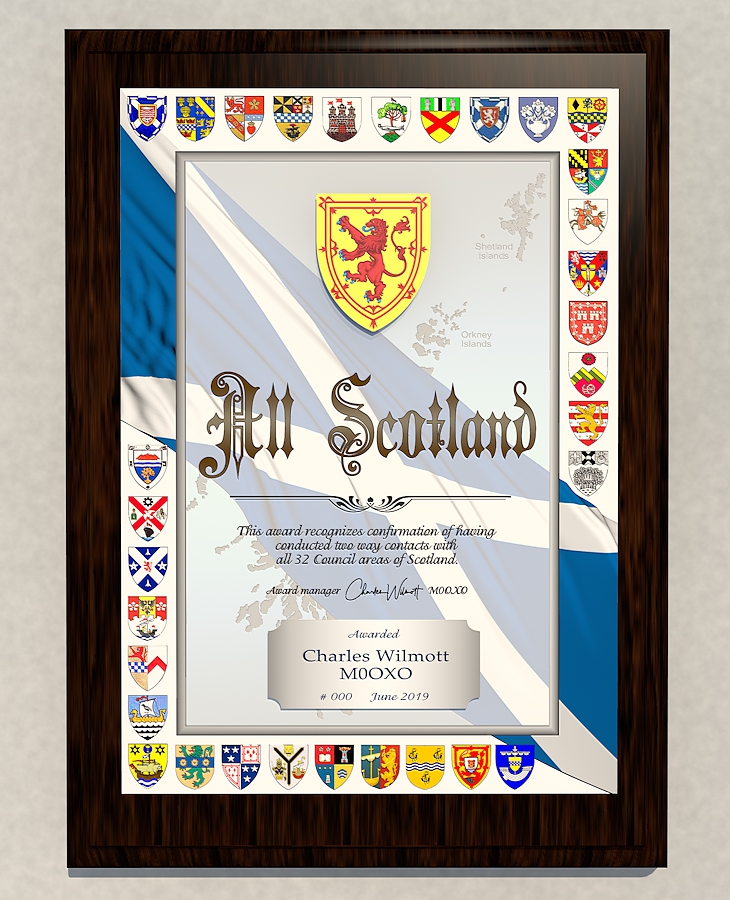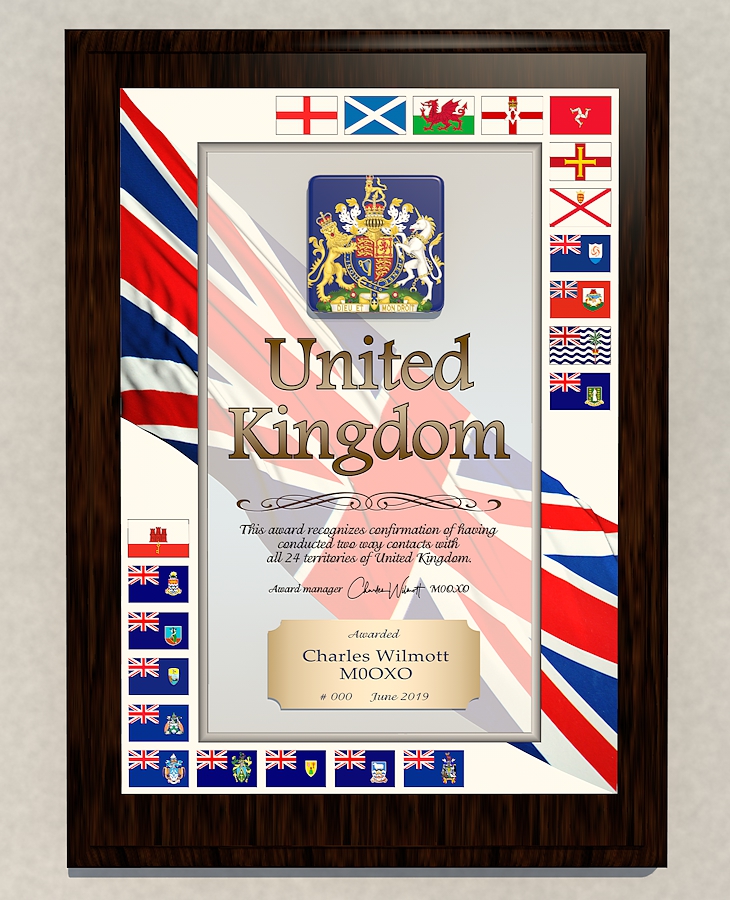Stats show that the QSO’s held in the M0OXO Database has now passed the 4.5 Million QSO mark!
We now have a total of 4,558,419 QSO’s.
Stats show that the QSO’s held in the M0OXO Database has now passed the 4.5 Million QSO mark!
We now have a total of 4,558,419 QSO’s.
The standard story of the Moon’s formation is that sometime in Earth’s early history, a planet-sized body struck our planet, throwing material high into space, where it eventually coalesced into the Moon we see today. But even this dramatic tale can’t explain all the oddities of Earth’s Moon, like the difference between the Moon’s near and far sides.
A clue came in 2012, when NASA’s GRAIL mission showed that the lunar near side has a thinner crust than the far side.
So over the years, as both sides suffered numerous asteroid strikes, the near side cracked open. The outpouring lava filled basins and hardened into the dark maria, or plains, we see today. But the far side has a thicker crust, so there’s just a lot of cratering. But the puzzle of why the two hemispheres have different thicknesses to begin with is harder to explain.
One way to solve the problem is if a small world – about the size of the dwarf planet Ceres, which resides in the asteroid belt – were to have hit the Moon’s near side after it had already formed and solidified. The impact would have thrown up material, and when the material resettled, it could have fallen mainly on the far side of the Moon, burying it under 3 to 6 miles of lunar regolith. Zhu and colleagues ran a series of computer simulations to test this scenario, and found that an object ramming the early Moon at between 14,000 and 15,000 miles per hour would recreate the Moon as we see it today. That may sound fast, but it’s only about a quarter the speed of most small meteors that hit Earth.
The impact could also help clear up some of the long-standing questions about the materials that make up the Moon. They are both very Earth-like in some ways – a sign that the Moon did indeed form out of Earth debris – and dissimilar in other ways, pointing to additions from an outside world.
Operated by Members of West Bengal Radio Club (Amateur Club) VU2WB, Sodepur, Kolkata, India (http://wbrc.in/) between 10th & 17th January 2020
Supported by National Institute of Amateur Radio (NIAR), Hyderabad, India (www.niar.org) & Indian Institute of Hams, Bengaluru (www.indianhams.com)
QSL via VU2NRO
Previous callsigns for Ganga Sagar Mela:
2019 : AU2HAM (https://www.youtube.com/watch?v=hb4fZjJe90I)
2017, 2018 : AU2WBR
2016 : 8T5GSM 2015 : 8T5MQT 2014 : AU2MQT
The full log from Uli ZR2A (working the CQWW CW Contest from the V55A station in Namibia), has now been uploaded to M0OXO OQRS.
Qsl Cards are being prepared which will cover both the CW and the SSB Contests a few weeks ago.
Please report any Busted or Missing Calls using the online form in OQRS, simply click on ”Missing Call” button.
Do not send reports via Social media or by Email. – Thanks ![]()
March 5th – 15th 2020 is the date of the DXpedition by Rune LA7THA and the team of LA operators, following their success as 7P8LB earlier this Year.
This time the LA chaps will be joined by other Ops and the full list now reads, LA3BO, LA3MHA, LA8OM, LA9KKA, LA9VPA, LB8DC, DK6SP, OE5CWO and OE7PGI.
They plan CW, SSB, FT8 and “some RTTY” on 160-6. The team will make use of the Leaderboard facility on Clublog. Qsl & Logsearch will be via M0OXO OQRS or Direct Post Mail. Do NOT send your cards via the buro as they will not be received.
https://www.m0oxo.com/oqrs/logsearch.php
An update to my post a few days ago regarding 3B8M and its entry in CQWW CW this weekend. The op list is G0CKV, N6VI, W6XD, N6AA, KX7M and K1ZZ. All will likely be active having fun on the air in the days leading up to the big competition, and maybe a few on afterwards.
This multi-multi will have three stations, all K3s, plus two SPE amps and one THP amp. G0CKV and N6VI are already there with most of the rest arriving later today and K1ZZ arriving Thursday straight from the World Radio Conference being held in Egypt.
3B8M will have a toploaded “umbrella” vertical for 160 and an inverted L for 80 were put up yesterday. Both are using Spiderbeam 18M poles. They tested them at sunset Sunday and again at this morning’s sunrise. They will try to be on the air every sunset and sunrise (their time of course). Today they are putting up the 40M vertical and hopefully VDAs for 20, 15 and 10, but Olof says they “need to go hunting for some hardware for those.” He says the location is excellent, right at the water’s edge with miles of water to the northwest and a whole ocean to the north and east. The location is quiet but QRN from tropical high-intensity lighting storms can be a challenge on 160 and 80.
QSL only via M0OXO OQRS; no cards through the bureau.
C U on the bands this week before, during and after CQWW!
V55A will be in the CQWW DX CW this coming weekend, Uli, (ZR2A/DM5EE) will be operating, single op all band high power.
QSL via M0OXO OQRS or Direct Post Mail. Please do NOT send cards via the bureau as they will never arrive.
Bernhard (DK7TF) will be active from Ambalangoda, Sri Lanka starting this week as 4S7DLG.
He will be active mainly on SSB and FT8 modes.
Qsl for this activity will be via M0OXO OQRS or Direct Post Mail. Please do NOT send any cards via the Bureau, they will not arrive here and you won’t get a reply.




In the beginning…
The idea for this DXpedition began after I returned home from Vanuatu as YJ0AG in April 2018. Up until this point, I had been trying to combine a family holiday with Amateur Radio, having also operated as E6AG on Niue in 2017 and as VK5GR/P on Kangaroo Island in 2016. The lure of the pileups and the resulting impact on family time meant it just wasn’t working. A new formula was needed. It was time to “upgrade” to the next level!……..
…read the full account on the image above……
Qsl Cards can be requested by clicking here